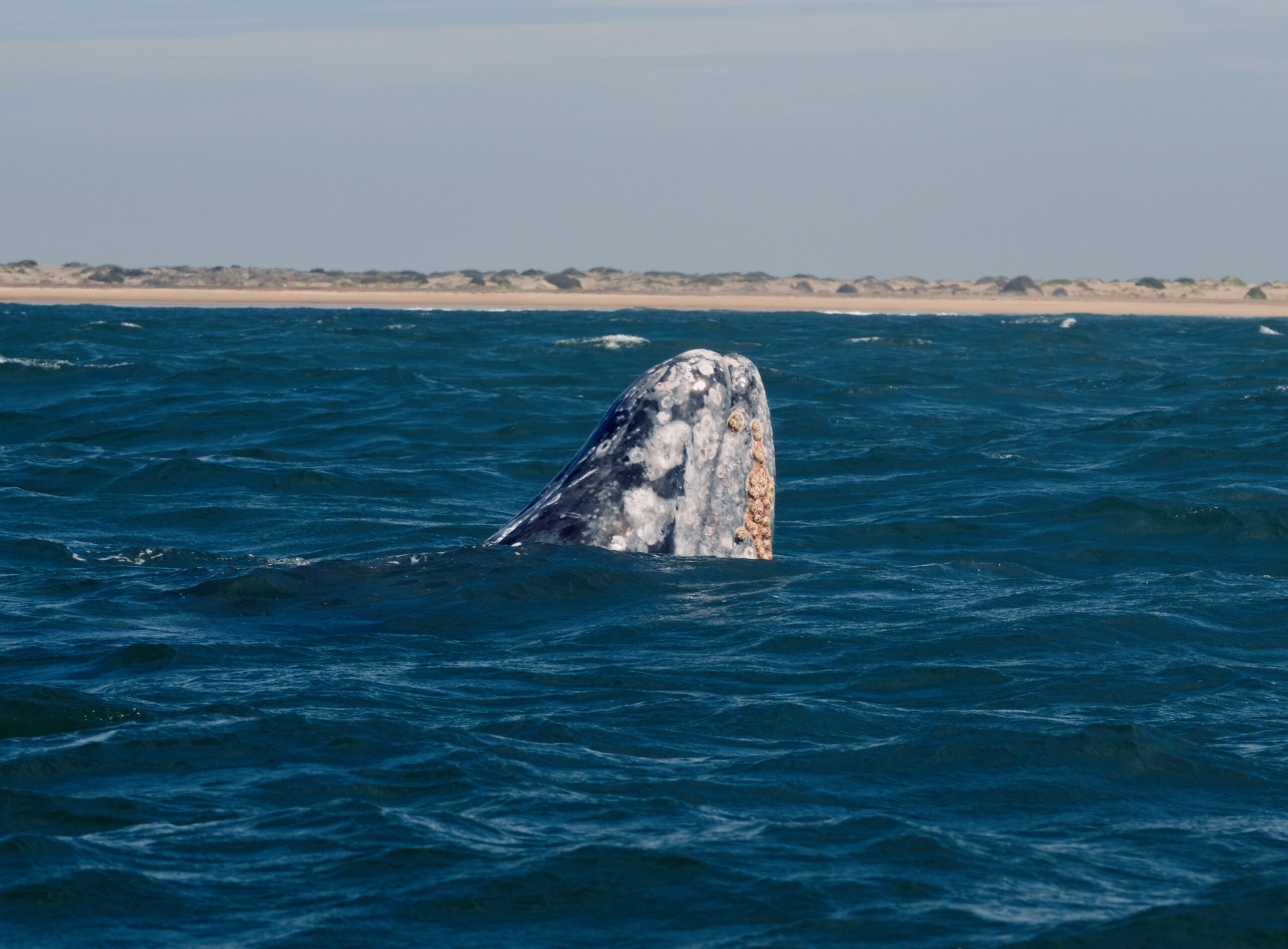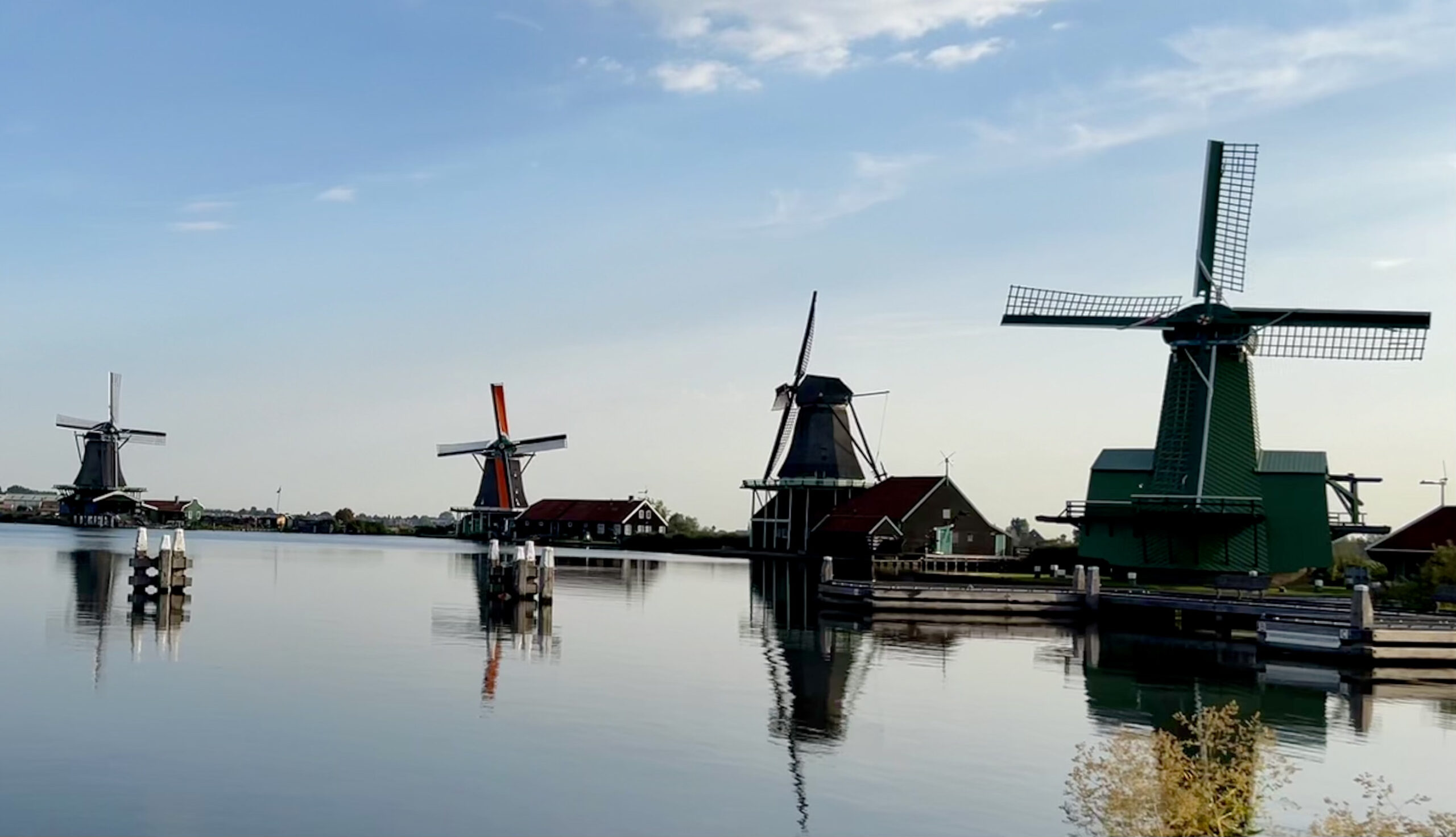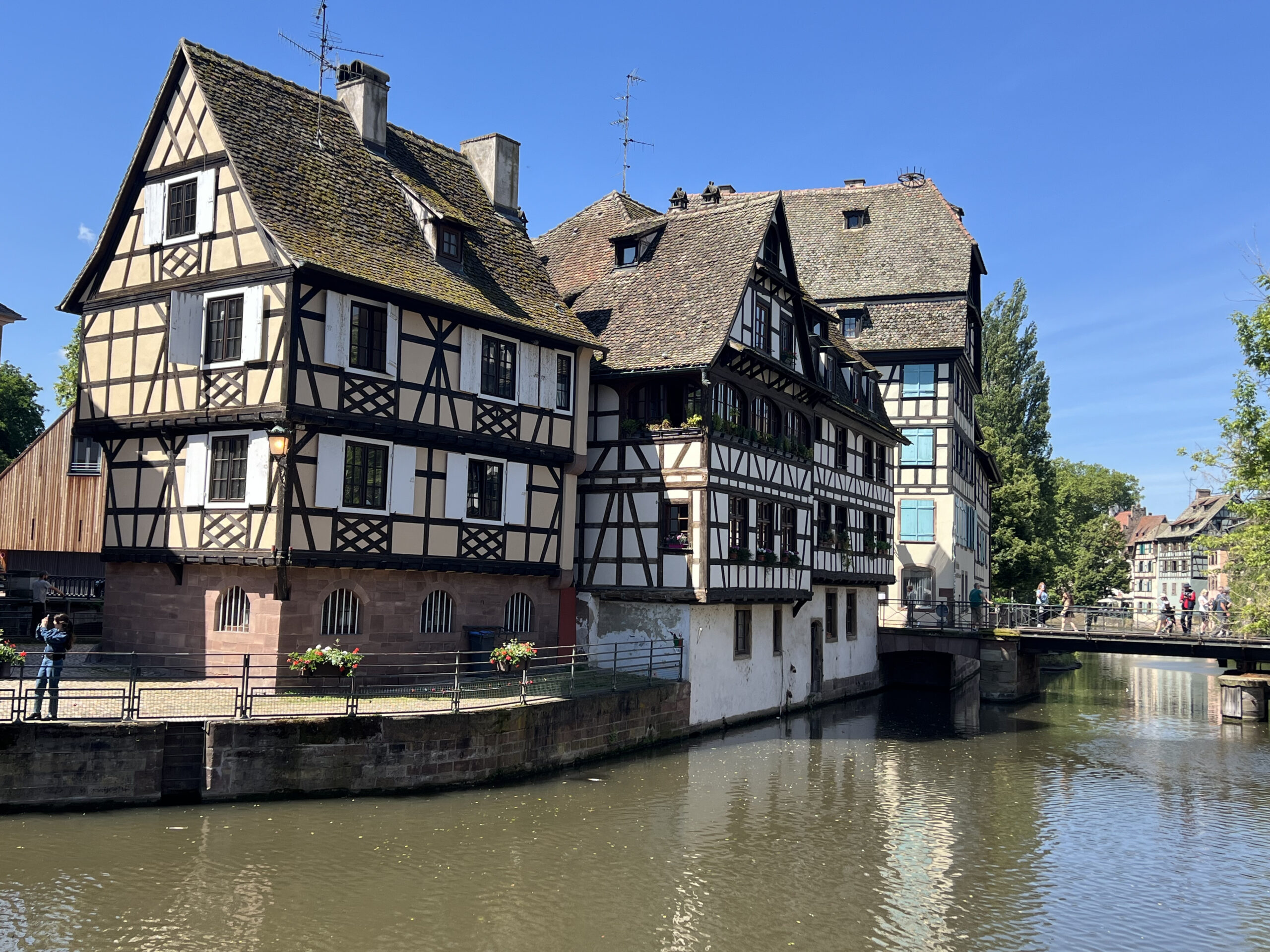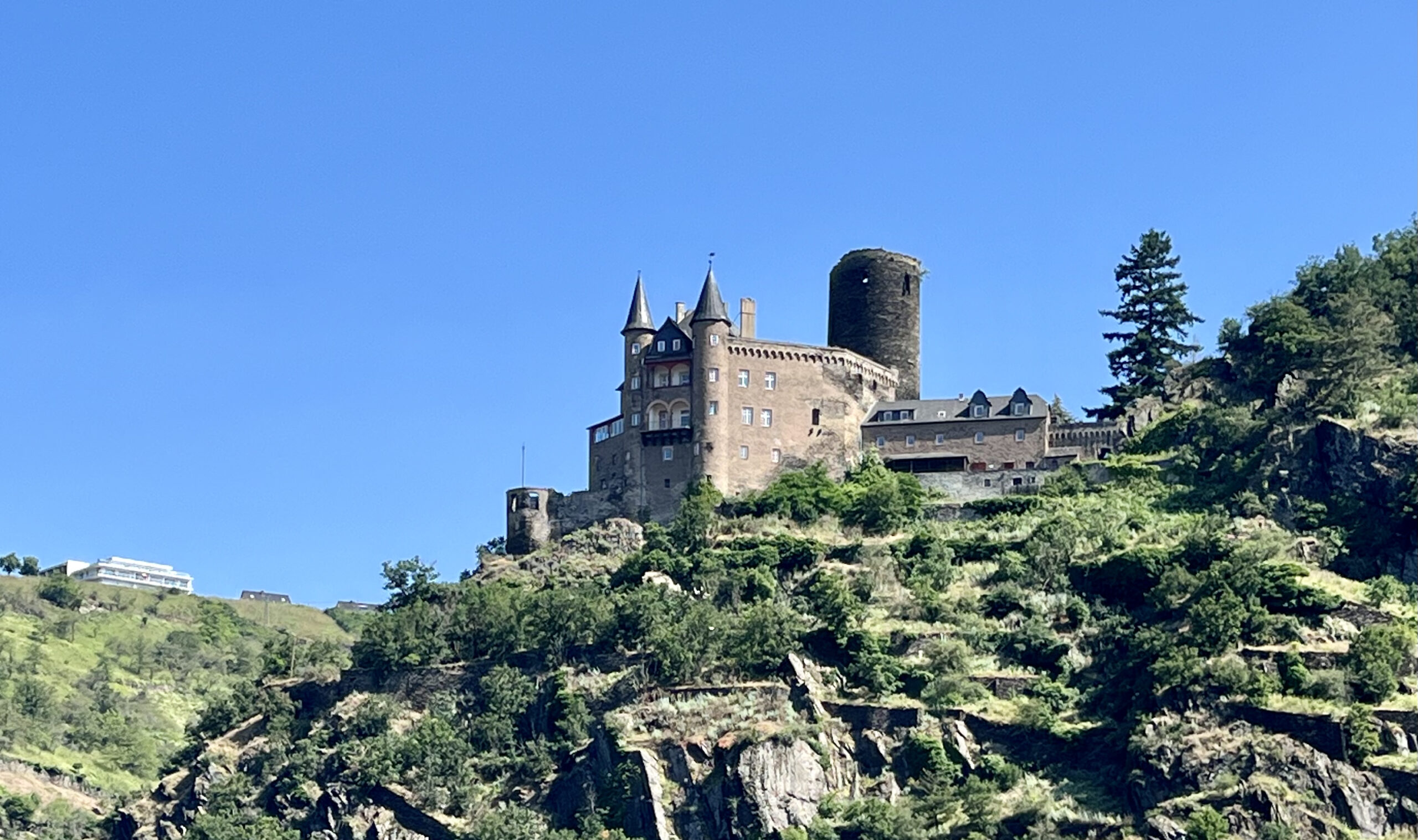A Whale Watching Paradise
Magdalena Bay is located on the Pacific side of Baja California, about 350 miles (560 kilometers) south of the U.S.-Mexico border. Its shallow waters, sheltered lagoons, and coastal bays make it an ideal location for gray whales to give birth and raise their young. From December through April, the waters of the bay become a temporary nursery for one of the world’s most magnificent marine creatures.
This bay, which spans over 200 square kilometers, is not just an important habitat for gray whales but is also rich in marine life. As part of the larger Baja California Peninsula Biosphere Reserve, it offers a unique opportunity to observe these incredible creatures up close, in one of the most pristine environments in the world.
The Gray Whale Migration
Each year, gray whales embark on one of the longest migrations of any mammal, traveling from the cold, nutrient-rich waters of the Arctic to the warm, calm waters of Baja California. The journey spans over 10,000 miles (16,000 kilometers) round-trip, with the whales making their way south during the fall and winter months and returning north in the spring. By December, they start to arrive in Magdalena Bay, where they will remain through early spring to give birth and mate.
The calm, shallow waters of the bay offer a safe haven for pregnant females and their calves, away from the threats of predators. The warmer waters are also ideal for newborn calves, which need the extra warmth to survive during the first few months of their life.
During their stay, gray whales are known to be particularly friendly and approachable, which is one of the highlights of whale watching in Magdalena Bay. The whales often interact with boats, coming close to the shoreline or even approaching tour vessels for a close encounter. This behavior makes Magdalena Bay a prime location for those seeking an intimate whale-watching experience.
Whale Watching Tours in Magdalena Bay
One of the best ways to experience whale watching in Magdalena Bay is by taking a guided tour. Several local tour operators specialize in whale-watching excursions that allow visitors to get up close to these majestic creatures in a safe, respectful, and environmentally conscious manner.
Tours typically start early in the morning, as this is when whale activity is most abundant. Boats leave from the nearby towns of Puerto San Carlos or the village of Lopez Mateos, which are both located near the bay. The boats are typically small, making it easier for passengers to spot and photograph the whales. Many tour operators also offer experienced naturalists or marine biologists who can share valuable insights about the whales’ behavior, migration patterns, and biology.
The gray whales in Magdalena Bay are known for their curiosity and can often be seen breaching, tail-slapping, and swimming near the boats. In some cases, the whales may even approach the boats and rub against the hulls, which has led to a unique interaction between the creatures and the humans observing them. These moments are rare and magical, creating unforgettable memories for those lucky enough to experience them.
Aside from the gray whales, visitors to the bay may also encounter other marine life, such as sea lions, dolphins, and a wide variety of seabirds, making the trip a comprehensive wildlife experience. It’s important to note that while Magdalena Bay is famous for gray whales, visitors may also spot humpback whales, fin whales, and even blue whales, all of which pass through the waters of Baja California at various times of the year.
Best Time to Visit
The best time to visit Magdalena Bay for whale watching is between January and March. This is when the gray whales are most active in the area, and the chances of spotting them are highest. By April, the whales begin their journey back north, although some may linger a little longer.
It’s also worth noting that Magdalena Bay is an off-the-beaten-path destination, meaning it’s far less crowded than other whale-watching hotspots like Cabo San Lucas. The remote and peaceful nature of the bay makes it an ideal spot for those looking for a more serene and intimate whale-watching experience, away from the crowds.
Responsible Whale Watching
While whale watching in Magdalena Bay offers an unforgettable experience, it’s crucial to approach this activity with responsibility and respect for the whales and the environment. Many tour operators in the area follow strict guidelines to ensure that interactions with the whales are safe and non-intrusive. These guidelines include keeping a respectful distance from the whales, minimizing noise pollution, and avoiding sudden movements that might startle the animals.
The region also has regulations in place to limit the number of boats allowed in specific areas, ensuring that the whales are not overwhelmed by large numbers of tourists. By choosing a reputable tour operator that adheres to these guidelines, visitors can ensure that their whale-watching experience does not harm the animals or their habitat.
Conclusion
Whale watching in Magdalena Bay is a once-in-a-lifetime experience that offers a rare opportunity to witness the beauty and majesty of gray whales in one of the most stunning and tranquil locations on Earth. Whether you’re an avid wildlife enthusiast or simply looking for an unforgettable adventure, Magdalena Bay’s crystal-clear waters, diverse marine life, and close encounters with these magnificent creatures make it a must-visit destination for anyone seeking a deeper connection with the natural world.
So, if you’re planning a trip to Baja California, be sure to set aside time for a whale-watching tour in Magdalena Bay—it’s an adventure you’ll never forget!




